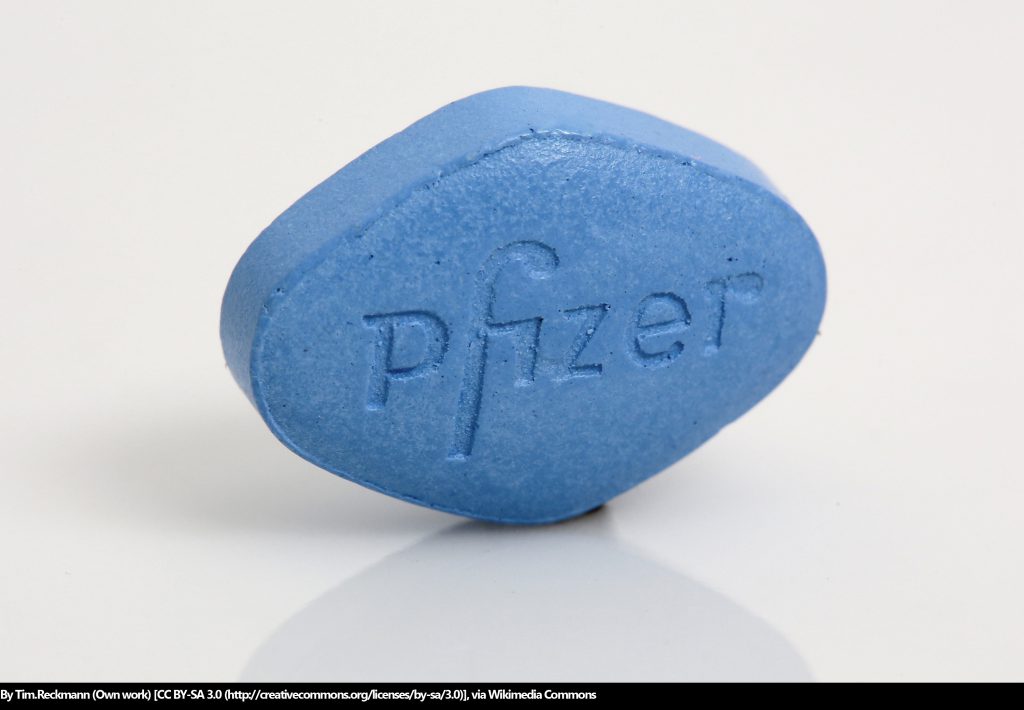The British Medicines and Healthcare Products Regulatory Agency (MHRA) is looking at making Viagra (sildenafil) available as an over-the-counter (OTC) medication in the UK. While the erectile dysfunction drug is currently only available by prescription, the agency is seeking public comment on the possible change until April 18.
Viagra, marketed by Pfizer, has been a blockbuster drug since its launch 20 years ago. In 2012, sales of the erectile dysfunction drug reached $2 billion, however the launch of generic versions has eroded sales by about $400 million.
In 2013, global pharmaceutical company Actavis, launched generic versions of Viagra in Europe. In the US, patients won’t be able to get a generic form of the drug until late 2017.
One of the drivers behind making Viagra an OTC medication is to discourage people from ordering the drug through online pharmacies, which may or may not be licensed. Since its launch, Viagra has been vulnerable to drug counterfeiters who sell fake versions to men who might be too embarrassed to get a prescription for the drug from their doctors.
“The availability of pharmacist-supplied, non-prescription sildenafil could offer men a new and additional way to access a legitimate, long established, and well-studied treatment for erectile dysfunction,” said Dr. Berkeley Phillips, UK Medical Director, Pfizer. “This could have further benefits as the condition may be an early warning sign of a more serious underlying condition, such as heart disease, which may otherwise go undetected.”
Pfizer pushed to get Viagra reclassified as an OTC drug back in 2008, however the European Medicines Agency (EMA) denied the request due to concerns about supply. If the British regulatory agency approves the decision to offer OTC Viagra in pharmacies, Pfizer will likely continue to provide a branded version by prescription.
“Pharmacy availability of sildenafil tablets would be of value to men who suffer from erectile dysfunction,” said the MHRA document. “Patients can be assessed for suitability by a pharmacist and made aware of the risks, situations where supply is not appropriate and potential interactions with other drugs. The risks of indirect danger arising from missed diagnosis of underlying disease is minimized through the pharmacist using their professional judgement and the checklist to identify patients for whom the product is not suitable, and referring these patients to a doctor.”












Join or login to leave a comment
JOIN LOGIN